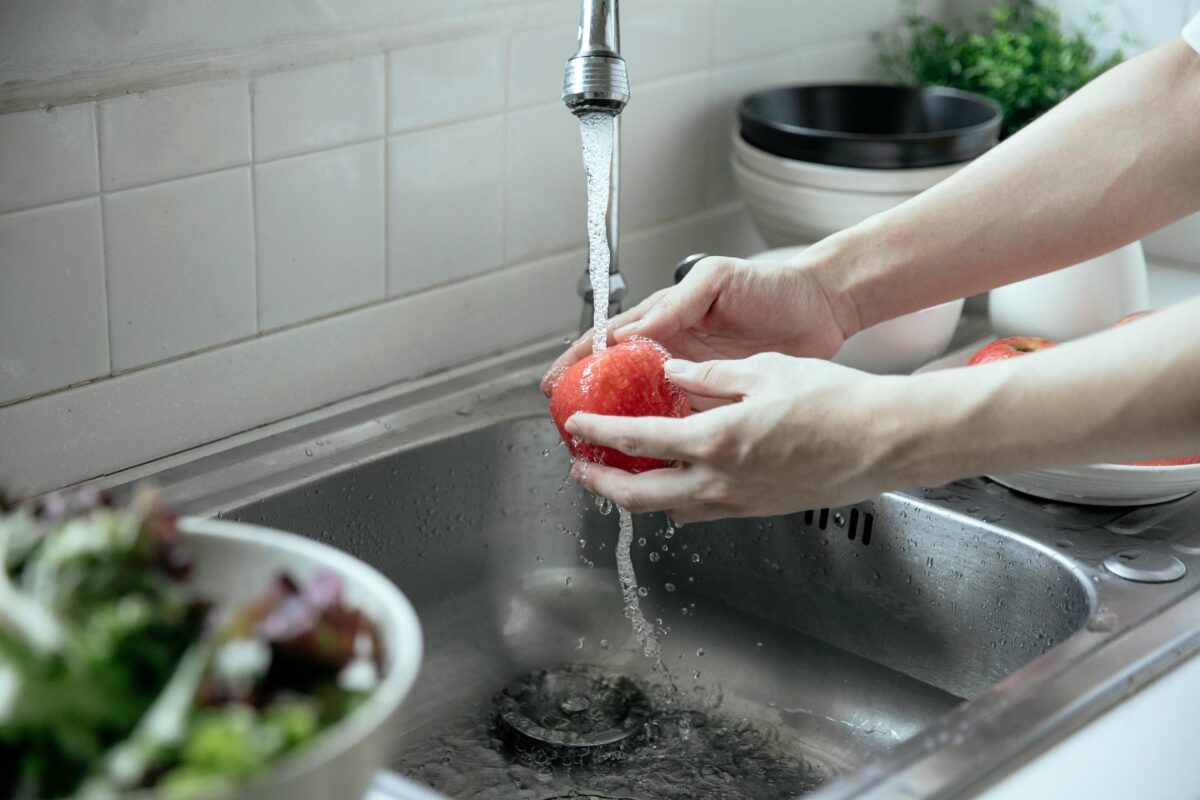Listeria: Understanding the Risks, Symptoms, and Prevention

Listeria: Understanding the Risks, Symptoms, and Prevention
Listeria, or Listeria monocytogenes, is a type of bacteria that can cause serious foodborne illness. While relatively rare, listeria infections can be life-threatening, especially for vulnerable populations like pregnant women, newborns, the elderly, and individuals with weakened immune systems. In this post, we’ll explore what listeria is, its symptoms, high-risk foods, and how to prevent infection to keep your family safe.
What Is Listeria?
It is a type of bacteria commonly found in soil, water, and some animals. Unlike many other foodborne pathogens, listeria can grow in cold temperatures, including in refrigerated foods. This makes it particularly dangerous, as it can survive and multiply in environments where other bacteria cannot.
Its infections, known as listeriosis, are caused by consuming contaminated food. While most healthy individuals may experience mild symptoms or none at all, the infection can be severe or even fatal for high-risk groups.
Symptoms of Listeria Infection
The symptoms of listeriosis can vary depending on the individual and the severity of the infection. Common symptoms include:
- Fever
- Muscle aches
- Nausea
- Diarrhea
In more severe cases, the infection can spread to the nervous system, causing symptoms such as:
- Headache
- Stiff neck
- Confusion
- Loss of balance
- Convulsions
Pregnant women may experience mild flu-like symptoms, but listeria can lead to miscarriage, stillbirth, or severe illness in newborns.
High-Risk Foods for Listeria Contamination
Certain foods are more likely to be contaminated with this bacteria. These include:
1. Ready-to-Eat Meats
- Deli meats, hot dogs, and pâtés can harbor listeria if not handled or stored properly.
2. Unpasteurized Dairy Products
- Soft cheeses like brie, feta, and queso fresco, as well as unpasteurized milk, are common sources of listeria.
3. Raw Sprouts
- Alfalfa, bean, and other raw sprouts can be contaminated during the growing process.
4. Smoked Seafood
- Smoked salmon, trout, and other refrigerated seafood products may contain listeria.
5. Pre-Packaged Salads
- Pre-washed and bagged salads can sometimes be contaminated during processing.

How Listeria Spreads
This bacteria can spread through:
- Contaminated Food: Consuming foods that are contaminated during production, processing, or handling.
- Cross-Contamination: Using the same cutting board or utensils for raw and cooked foods without proper cleaning.
- Environmental Sources: Soil, water, and animal feces can carry listeria, which can then contaminate crops or livestock.
Preventing Infections
Preventing listeria infections involves proper food handling, storage, and preparation. Here are some key tips:
1. Practice Good Hygiene
- Wash your hands thoroughly before and after handling food.
- Clean kitchen surfaces, utensils, and cutting boards with hot, soapy water.
2. Cook Foods Thoroughly
- Ensure that meats, poultry, and seafood are cooked to safe internal temperatures.
- Reheat leftovers until they are steaming hot.
3. Avoid High-Risk Foods
- Pregnant women and other high-risk individuals should avoid unpasteurized dairy products, deli meats, and smoked seafood.
4. Store Foods Properly
- Keep your refrigerator at or below 40°F (4°C) to slow the growth of listeria.
- Consume perishable foods as soon as possible and follow expiration dates.
5. Wash Fruits and Vegetables
- Rinse raw produce under running water, even if you plan to peel it.

Who Is Most at Risk?
While anyone can contract listeriosis, certain groups are at higher risk of severe illness:
- Pregnant Women: This bacteria can cross the placenta and harm the unborn baby.
- Newborns: Infants can contract listeria from their mothers during birth.
- Elderly Individuals: Older adults are more susceptible to severe infections.
- Immunocompromised Individuals: People with weakened immune systems, such as those undergoing chemotherapy or living with HIV, are at greater risk.
Recent Listeria Outbreaks
Listeria outbreaks occasionally make headlines, often linked to contaminated food products. For example, in recent years, outbreaks have been traced to ice cream, packaged salads, and cantaloupes. Staying informed about recalls and following food safety guidelines can help reduce your risk.
For the latest information on food recalls and outbreaks, visit the CDC’s Listeria Outbreaks Page.
Treatment for Listeria Infections
If you suspect you have a listeria infection, seek medical attention immediately. Treatment typically involves antibiotics, especially for high-risk individuals. Early diagnosis and treatment can significantly improve outcomes.
Frequently Asked Questions
Can it be killed by cooking?
Yes, cooking food to the proper temperature can kill listeria. However, it’s important to avoid cross-contamination by properly cleaning surfaces and utensils.
How long does it take for the symptoms to appear?
Symptoms can appear anywhere from a few days to several weeks after consuming contaminated food.
Is this bacteria contagious?
listeriosis is not typically spread from person to person, except in cases where a pregnant woman passes the infection to her unborn child.
Final Thoughts
This bacteria is a serious foodborne pathogen that requires attention and care to prevent infection. By understanding the risks, recognizing the symptoms, and following proper food safety practices, you can protect yourself and your loved ones from this dangerous bacteria. Stay informed, stay vigilant, and prioritize food safety in your daily life.
